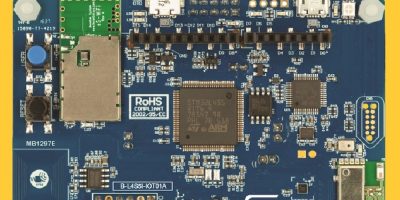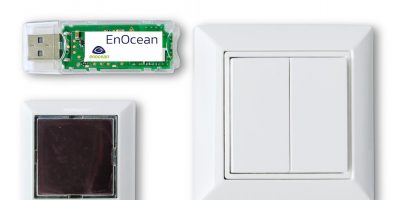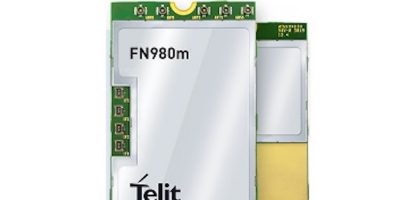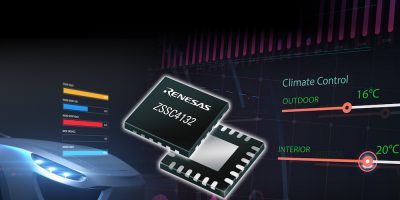Complex software challenges for IoT nodes are simplified, says STMicroelectronics, at the introduction of its B-L4S5I-IOT01A STM32 Discovery kit. The kit comes with a qualified port of FreeRTOS, integrated into the STM32Cube ecosystem and ready to connect to Amazon Web Services (AWS).
The hardware comprises an STM32L4+ microcontroller board that contains an extensive selection of ST MEMS sensors, an STSAFE-A110 secure element, Bluetooth 4.2 and Wi-Fi modules, and an NFC tag with printed antenna for flexible, low-power communication with cloud servers. Combined with the X-Cube-AWS v2.0 STM32Cube Expansion pack, the kit can be used as a reference design to simplify and accelerate completion of the final product.
The X-Cube-AWS v2.0 pack ensures proper integration of the FreeRTOS standard AWS connectivity framework within the STM32Cube environment. This lets users take advantage of both FreeRTOS and STM32Cube without developing additional software. It also supports AWS native services including standard firmware over the air (FOTA) tasks and handles interactions with the on-board STSafe-A110 secure element, including taking care of AWS IoT Core Multi-Account Registration and assigning security-critical operations during boot-up, device authentication and OTA firmware verification.
The STM32L4+ board is featured to meet the performance demands and energy constraints typically placed on IoT nodes. The STM32L4S5VIT6 low-power Arm Cortex-M4 microcontroller combines 2Mbyte flash, 640Kbyte RAM, digital and analogue peripherals and hardware encryption accelerator. The on-board sensors comprise the HTS221 capacitive digital relative humidity and temperature sensor, LIS3MDL three-axis magnetometer, LSM6DSL 3D accelerometer and 3D gyroscope, LPS22HB absolute digital output barometer, VL53L0X time of flight and gesture-detection sensor and two digital omnidirectional microphones.
The B-L4S5I-IOT01A Discovery kit can be ordered directly from STMicroelectronics. The X-Cube-AWS v2.0 STM32Cube Expansion pack is ready to download free of charge.







